Cui Xiuwen’s latest series, “Existential Emptiness,” pursues her reflection on the woman as individual in modern China. This body of work furthers her focus from physical to spiritual and illustrates her examination and analysis of the woman’s psyche. The girl protagonist, considered the artist’s alter ego, has matured and is accompanied by a life-size doll resembling her. Inspired from her own experiences, the appearance of the puppet without strings recalls Japanese Bunraku theatre, discovered by Cui Xiuwen on a recent trip to Japan. Companion, reflection, and baggage of the now familiar character, the doll complements the girl and acts as alter ego as well. The two figures evoke the duality of body and soul, yin and yang, life and lifelessness. The presence and absence, posture, closeness or distance of the doll in each work capture the relationship between the two—they are intertwined.
The title of the series also expresses duality. Existentialism is centered on the analysis of existence and the way humans find themselves being in the world. It is a philosophy concerned with finding the self and the meaning of life through the individual’s free will, choice, and personal responsibility. In Buddhism, the realization of the emptiness of inherent existence is a “state of pure consciousness,” in which the practitioner realizes all particular objects and images to be appearances of the subjective mind. While Existentialism is founded on individual interpretation of experiences, emptiness voids the presuppositions which each person adds to experience to make sense of it. Where Existentialism focuses on exploration of the self, emptiness is a direct experience of events themselves. Emptiness relates to meditation and detachment of the mind.
The digital photographs are mostly monochrome. The palette and format are inspired by traditional Chinese ink painting. The scenes take place in the ice- and snow-covered mountains of Northern China. The quiet, ethereal landscape acts as a perfect setting for exploring the mind. The black and white tones contrast with the vividly colored images of the Palace in Cui Xiuwen’s Angel series, which focuses on the body. The physical appearance of the doll — obvious joints, revealed ribcage bones and scarred womb — alludes to the violence of a woman’s experiences and how they impress upon her spirit. The sparseness of the scenes creates an absence of temporal sense.
(Text Provided by the Artist)

Chromogenic print
46 1/6 x 157 1/2 in, 117 x 400 cm

Chromogenic print
30 3/4 x 196 7/8 in, 78 x 500 cm

Chromogenic print
33 1/2 x 177 1/8 in, 85 x 450 cm

Chromogenic print
69 x 118 in
176 x 300 cm
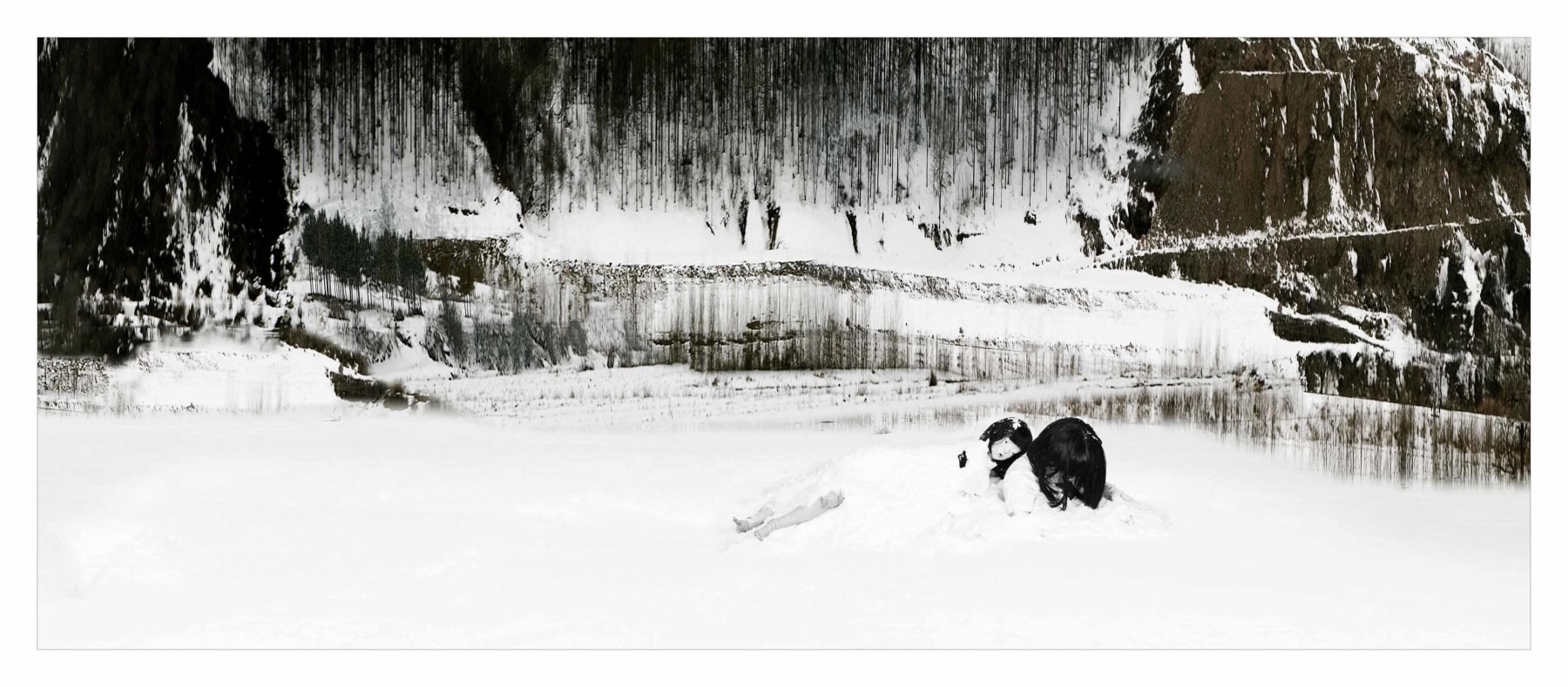
Chromogenic print
34 x 78 in
87 x 200 cm

Chromogenic print
44 x 177 in
112 x 450 cm
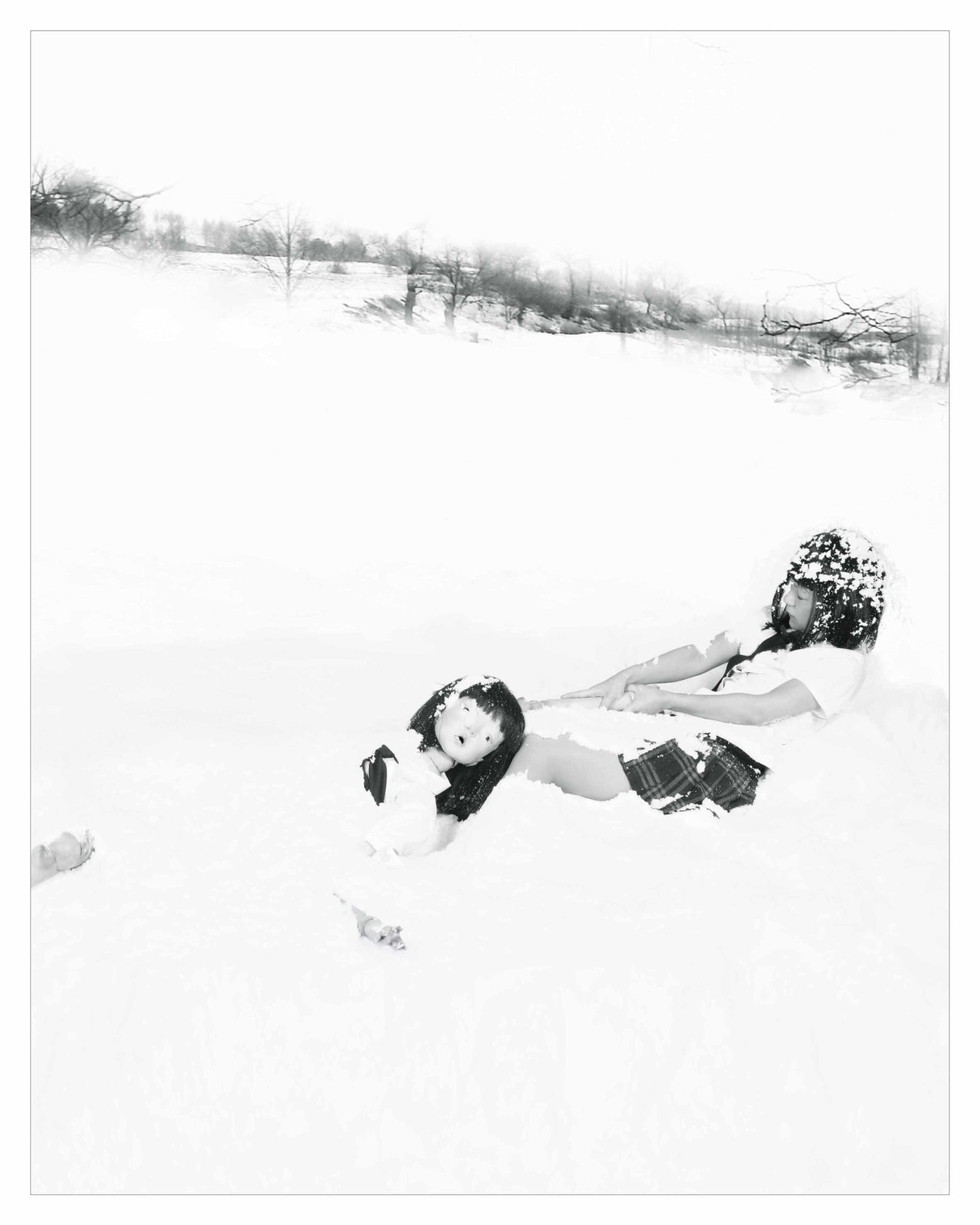
Chromogenic print
78 x 63 in
199 x 161 cm
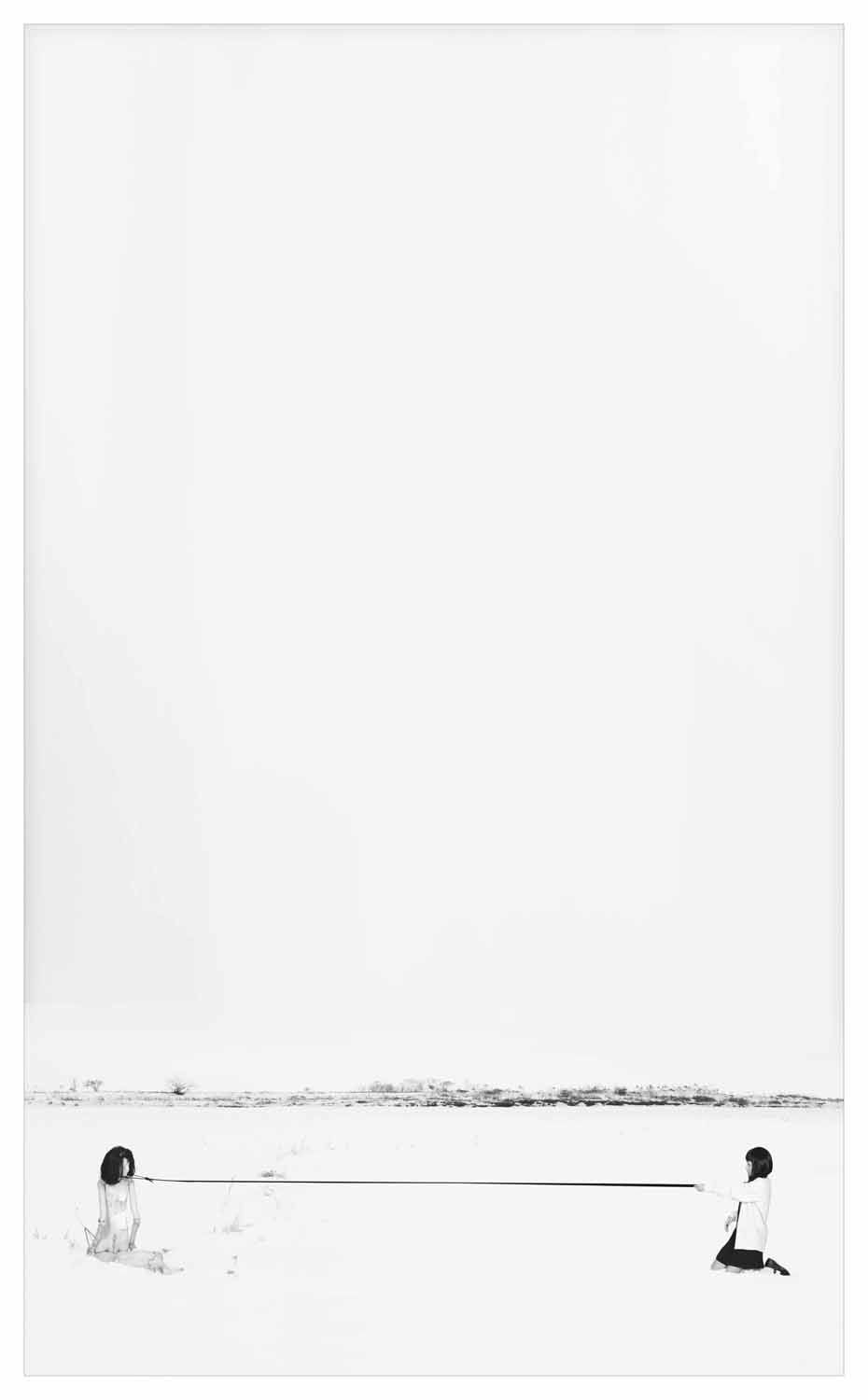
Chromogenic print
94 x 58 in
240 x 148 cm
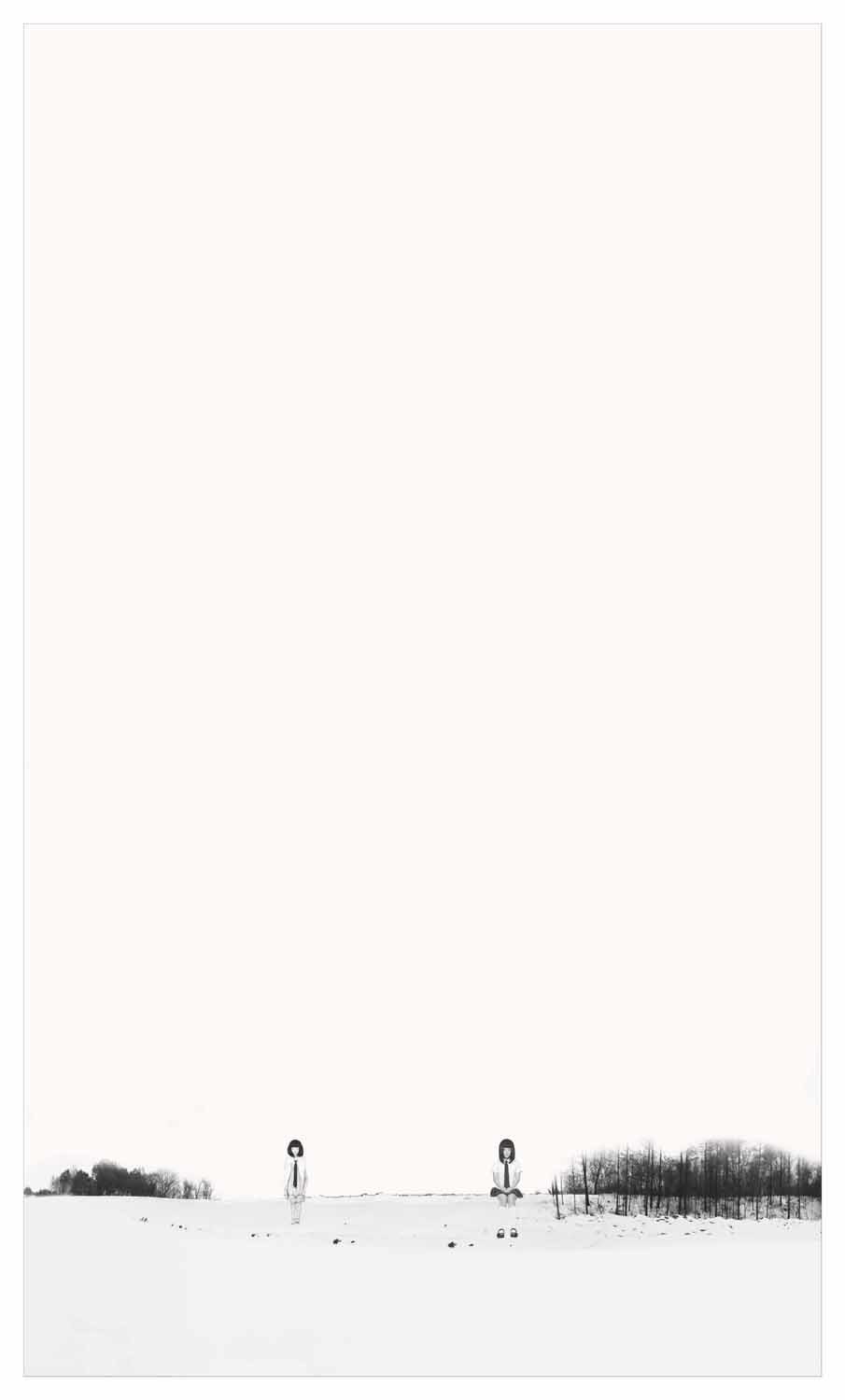
Chromogenic print
94 x 57 in
240 x 145 cm
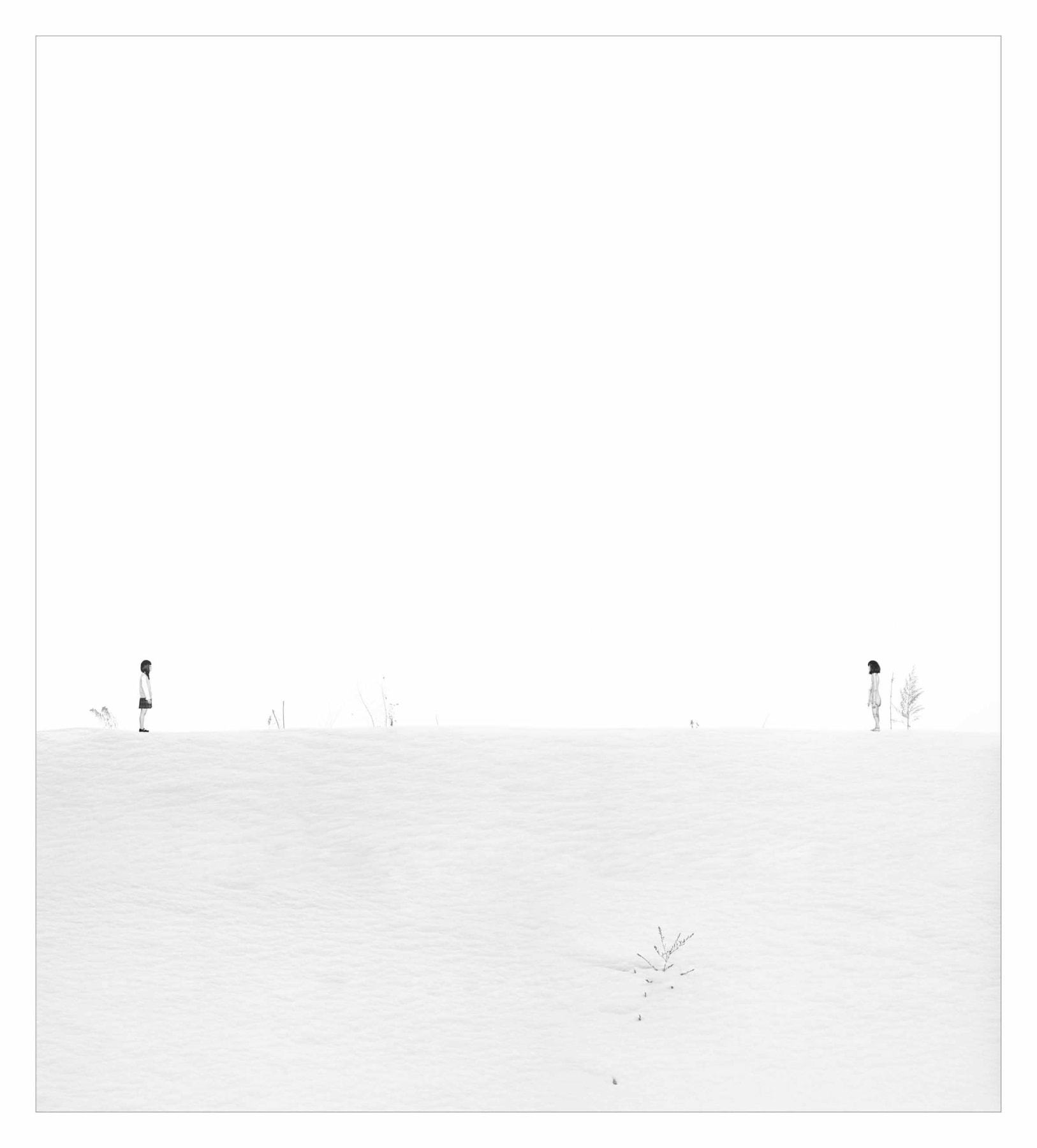
Chromogenic print
74 x 67 in
188 x 171 cm

Chromogenic print
15 x 78 in
39 x 200 cm
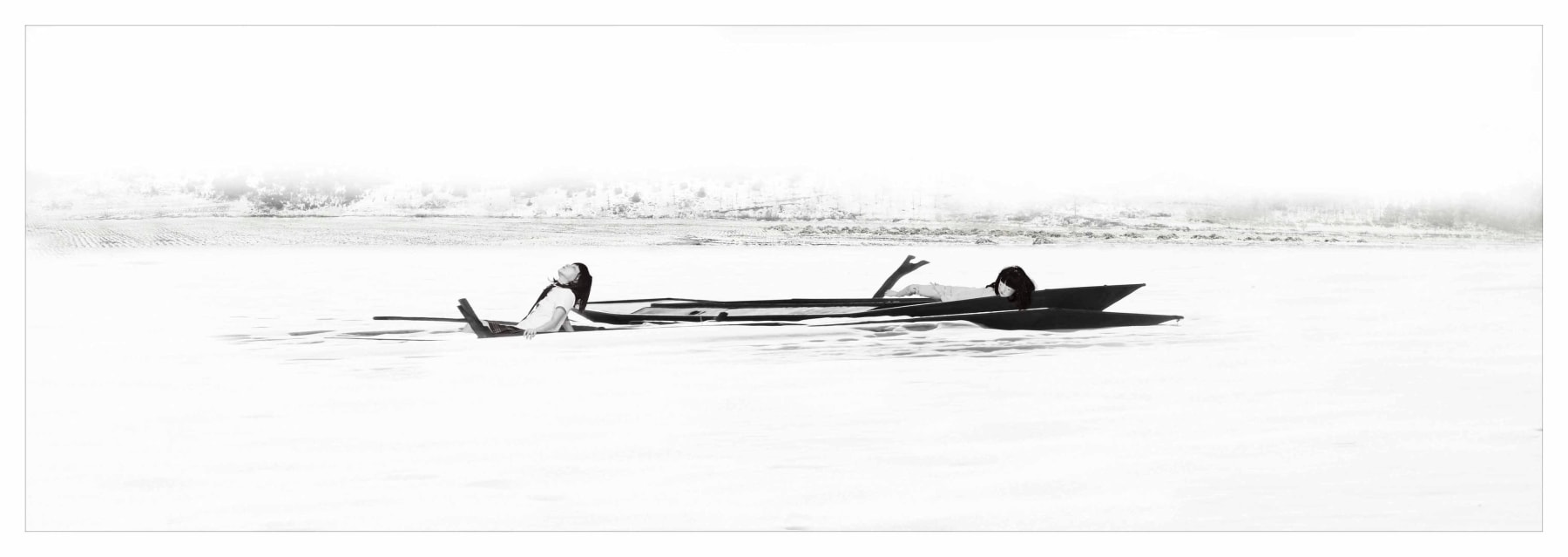
Chromogenic print
41 x 118 in
105 x 300 cm

Chromogenic print
52 x 157 in
132 x 400 cm

Chromogenic print
14 x 157 in
36 x 400 cm
In 2011, she donated her imaginary work “Existential Emptiness No.14” (edition 3/8, 400x36cm,2009)to the “Love and Hope” -Artists aid for the tsunami that occured in Japan.

Chromogenic print
38 3/4 x 157 1/2 in, 100 x 400 cm
In 2011, she donated her imaginary work “Existential Emptiness No.15″(edition 5/6, 250x61cm,2009) to “Golden Sun” aid for the small-electricity region of China.
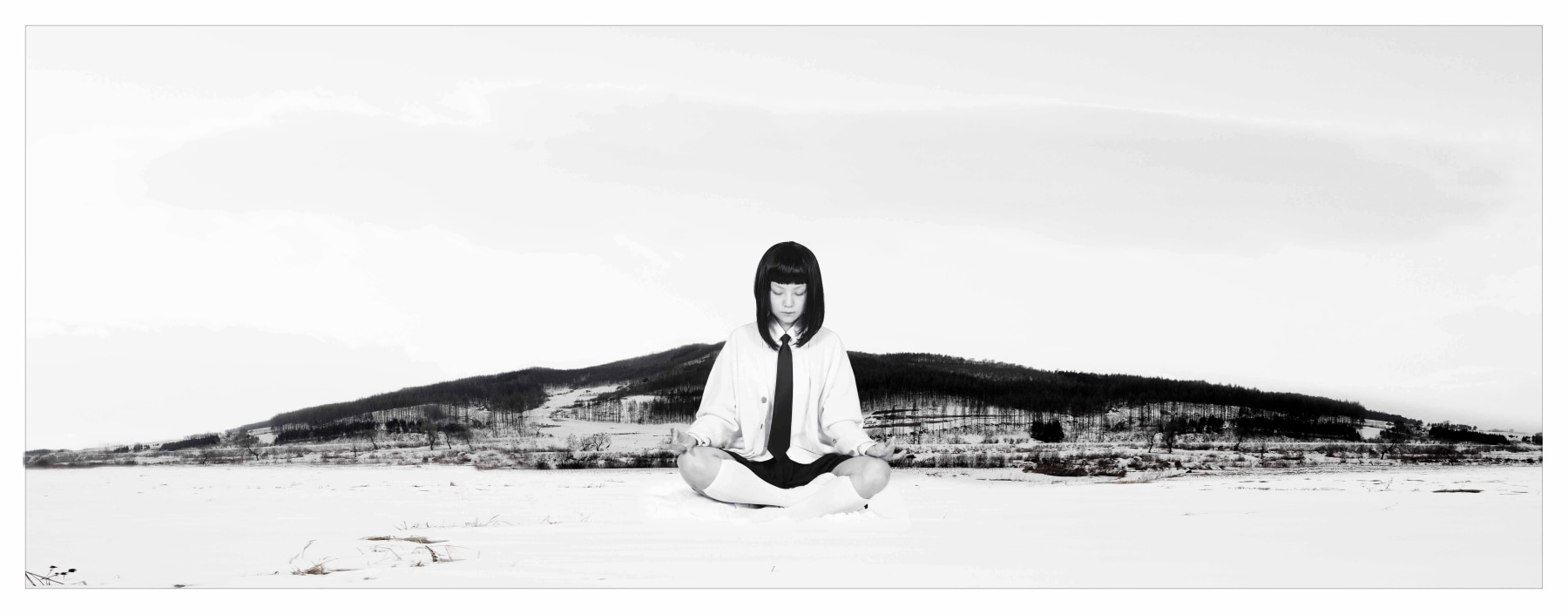
Chromogenic print
46 x 118 in
117 x 300 cm

Chromogenic print
42 x 177 in
107 x 450 cm
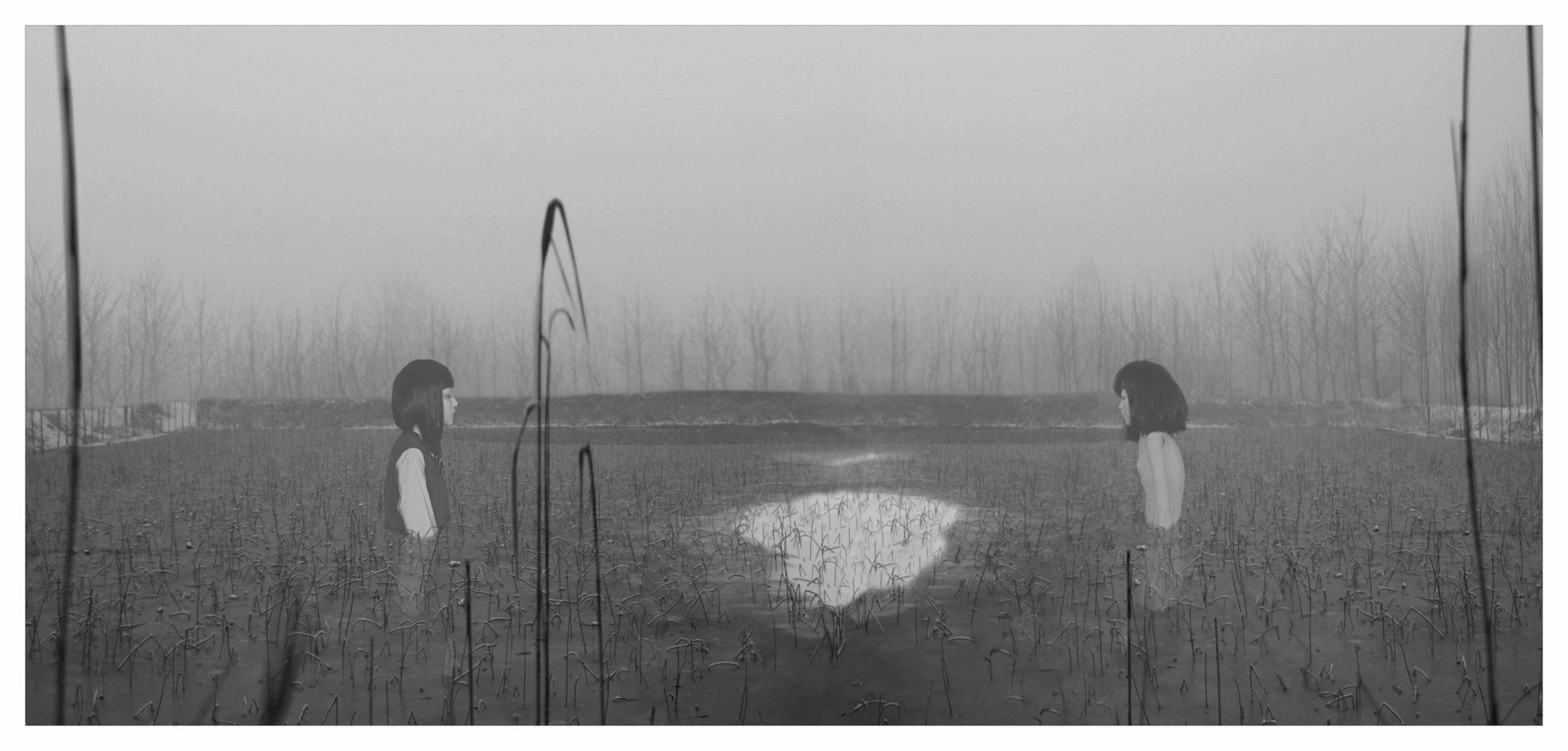
Chromogenic print
37 3/4 x 78 3/4 in
96 x 200 cm
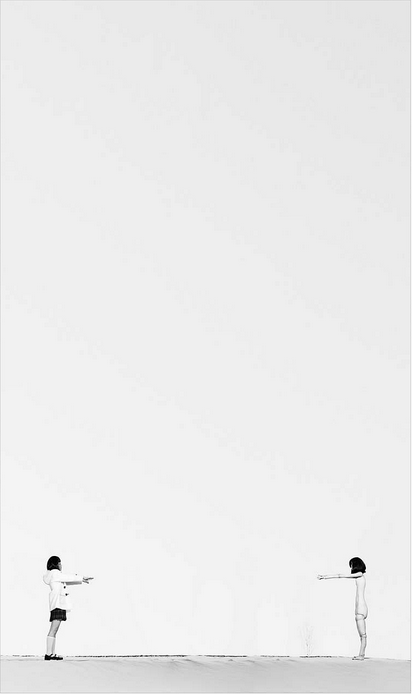
Chromogenic print
66 x 42 in
168 x 107 cm

Chromogenic print
37 x 118 in
95 x 300 cm


